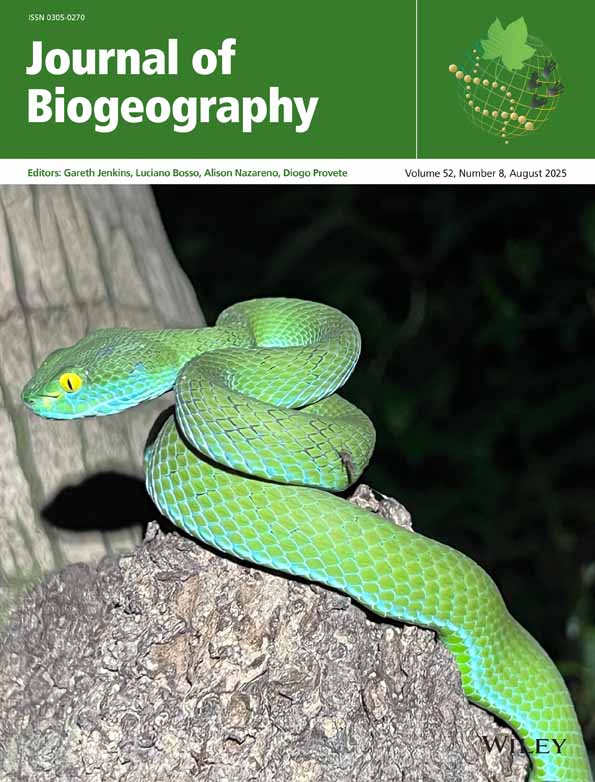Environmental change, extinction and human activity: evidence from caves in NW Madagascar
Abstract
enIn the last 2000 years, changes on the island of Madagascar have resulted in the modification of key environments and the extinction of nearly all large native animals. Humans have long been suspected as the primary cause of this ecological catastrophe, but the exact mechanisms of the island's rapid transformation and the role of natural factors such as climate change remain uncertain. Caves in northwestern Madagascar are helping researchers to disentangle these factors, by providing many types of datable information concerning the past in close physical proximity. U-series dated pollen spectra from the caverns of Anjohibe provide a 40,000-year record of vegetation in the vicinity. Bone deposits from caves in the region provide new site records for extinct taxa, including Babakotia radofilai Godfrey et al. 1990, Plesiorycteropus madagascariensis Filhol 1895, and Mullerornis sp. Several extant taxa that were present in the region in the late Holocene are now locally extinct. Archaeological evidence from the caves suggests little or no human activity in the vicinity or interaction with the fauna at these sites until recent centuries.
Abstract
frDans les dernier deux mille ans, les changements à l’ıà  le de Madagascar ont abouti à la modification des environnements premiers et l’extinction de près tout les grandes animaux indigènes. Les humains ont été soupçonnés depuis longtemps comme la raison première de cette catastrophe écologique, mais la mode exacte de la transformation rapide de l’ıà  le et le rôle des agents naturel tel que les changements climatique restent irrésolu. Les grottes au nord-ouest de Madagascar aident les chercheurs démeà  ler ces agents, par pourvoir de nombreux types des informations datable a l’égard du passé en proximité physique. Les spectres polliniques avec datation U-series des grottes d’Anjohibe pourvoient un archive de la végétation dans le voisinage à 40,000 ans. Les dépôts des ossements dans la région pourvoient les nouveaux records d’emplacement pour les taxons étients, y compris Babakotia radofilai Godrey et al., 1990, Plessiorycteropus madagascarienses Filhol, 1895, et Mullerornis sp. Plusieurs taxons survivant qui existent avant dans la région pendant l’Holocene tard sont actuellement éteints localement. L’evidence archéologique des grottes indique peu ou point de l’activité humaine dans le voisinage ni impact sur la faune à ces sites jusqu’aux les siècles rècents.




